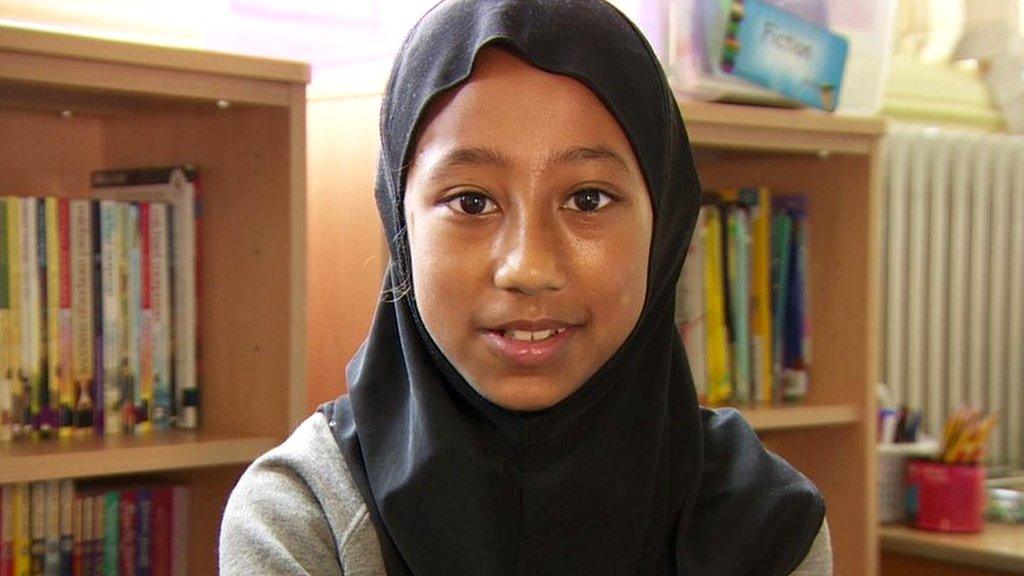What is the Hajj pilgrimage?
- Published
WATCH: Zahraa, 11, made her first pilgrimage to Mecca
Hajj is the annual pilgrimage made by Muslims to the holy city of Mecca in Saudi Arabia, in the Middle East.
It takes place during Dhu'al-Hijjah, which is the final month of the Islamic calendar - usually in June or July.
Every year, millions of Muslims from across the world make the journey to Mecca from wherever they live.
Read on to find out more about why this pilgrimage is so important in the Islamic faith.
Why do Muslims go on this pilgrimage?
Find out more about Hajj...
Hajj is one of the five pillars of Islam. These are the five key acts that every Muslim is expected to do in their lifetime.
Muslims are required to make the journey to Mecca for Hajj at least once in their life if they are physically able and can afford to do so.
In addition to Hajj, the other important acts are:
Shahadah - A declaration of faith that every Muslim has to make
Salat - Muslims pray at specific times five times a day
Zakat - Those within the faith give away a portion of their income to help those in need
Sawm - Muslims fast for a month during Ramadan
WATCH: What's it like for a family fasting during Ramadan? (June 2018)
Why is Mecca so important?
Mecca is the place where the Islamic religion started. It is where the Prophet Muhammad was born and received the first revelations from Allah (Allah is the Arabic word for God) that went on to become the Koran - the holy book read by Muslims.
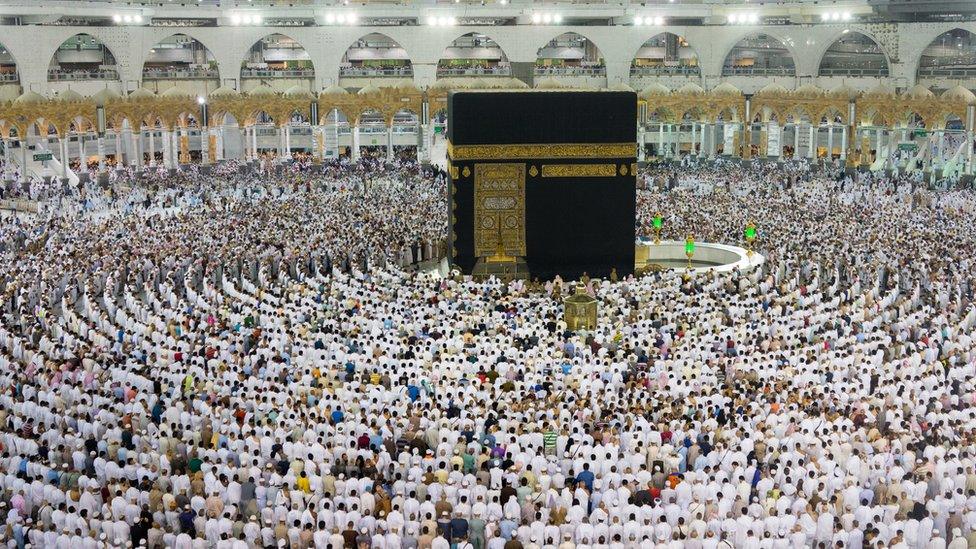
The Ka'bah is in the city of Mecca
The city is home to the Ka'bah, built by prophet Abraham and his son prophet Ishmael. Muslims pray in the direction of this sacred building, which is found within the Great Mosque of Mecca.
The Ka'bah is the holiest site in Islam and symbolises the oneness of God.
What happens during Hajj?
Muslims carry out a number of important rituals while they are on the pilgrimage.
Men are required to wear two sheets of white cloth, which are worn in a specific way. Women wear traditional clothing and must cover their head, but not their face. These clothes symbolise the equality of all Muslims before Allah.
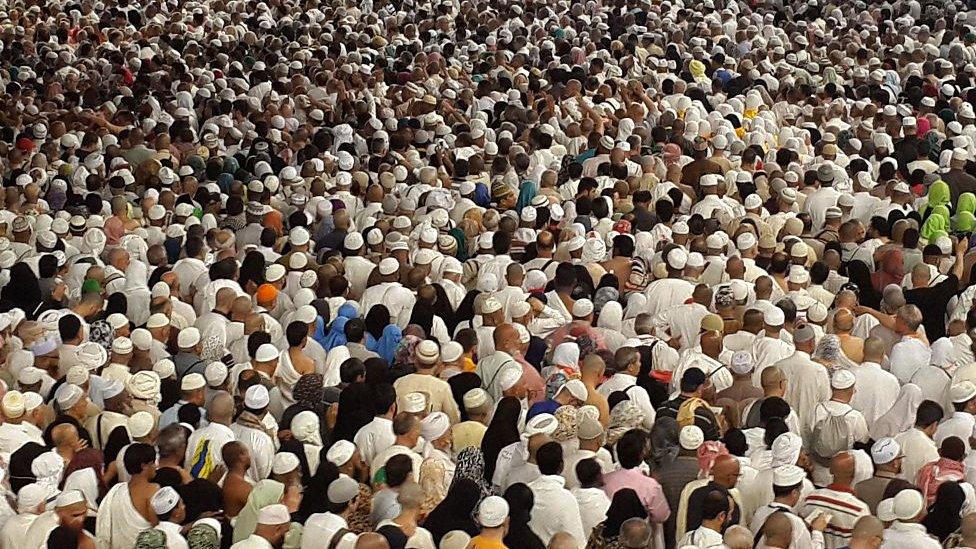
Millions of Muslims travel to Mecca every year
During the first stage of Hajj, Muslims walk around the Ka'bah in an anti-clockwise direction seven times. This is known as Tawaf and is done to show that all Muslims are equal.
The next ritual requires Muslims to run between two hills, Safa and Marwah, seven times. Muslims believe that the prophet Abraham's wife Hagar did this when she was in search of water for her infant son Ishmael. Ishmael is believed to have struck his foot on the ground and this produced a spring of water known as Zamzam. It is common for those on the pilgrimage to take water from Zamzam with them when they go back home.
Pilgrims travel to the plain of Arafat. This is where the Prophet Muhammad gave his final sermon and Muslims pray to God here for forgiveness and guidance.
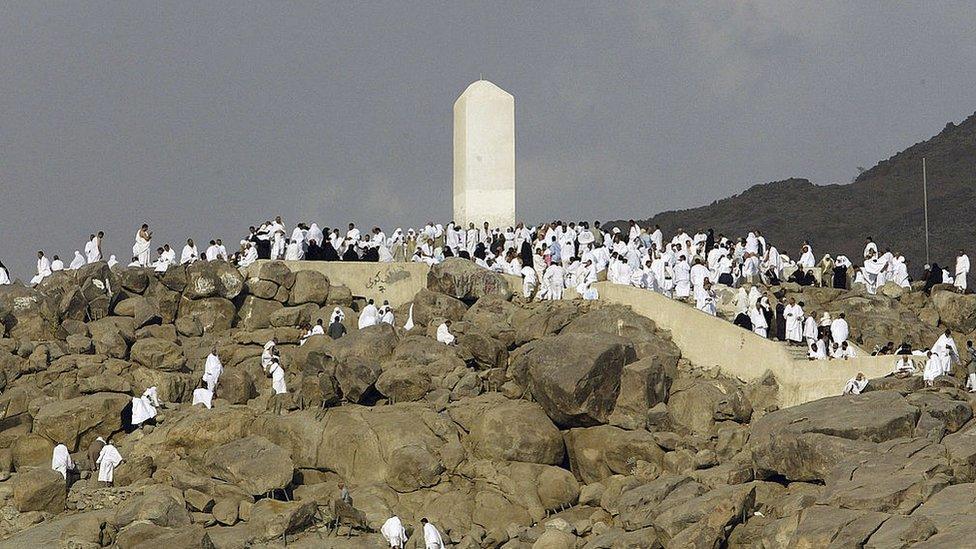
Muslims spend time praying to Allah at the plain of Arafat
Muslims also stop at three pillars called Jamarat in the city of Mina. This is where pilgrims throw stones at pillars which stand at the place where Satan is believed to have tempted the prophet Abraham.
Muslims celebrate the festival Eid ul-Adha during Hajj. This is the second holy festival in the year.
Eid ul-Adha marks Allah asking the prophet Abraham, in a dream, to sacrifice his son Ishmael as an act of obedience to Allah. Ishmael agreed to it but as Abraham was about to kill his son, Allah stopped him and gave him a lamb to sacrifice instead, rewarding them for their faith and willingness to follow the request.
WATCH: How do you celebrate Eid?
- Published7 August 2018
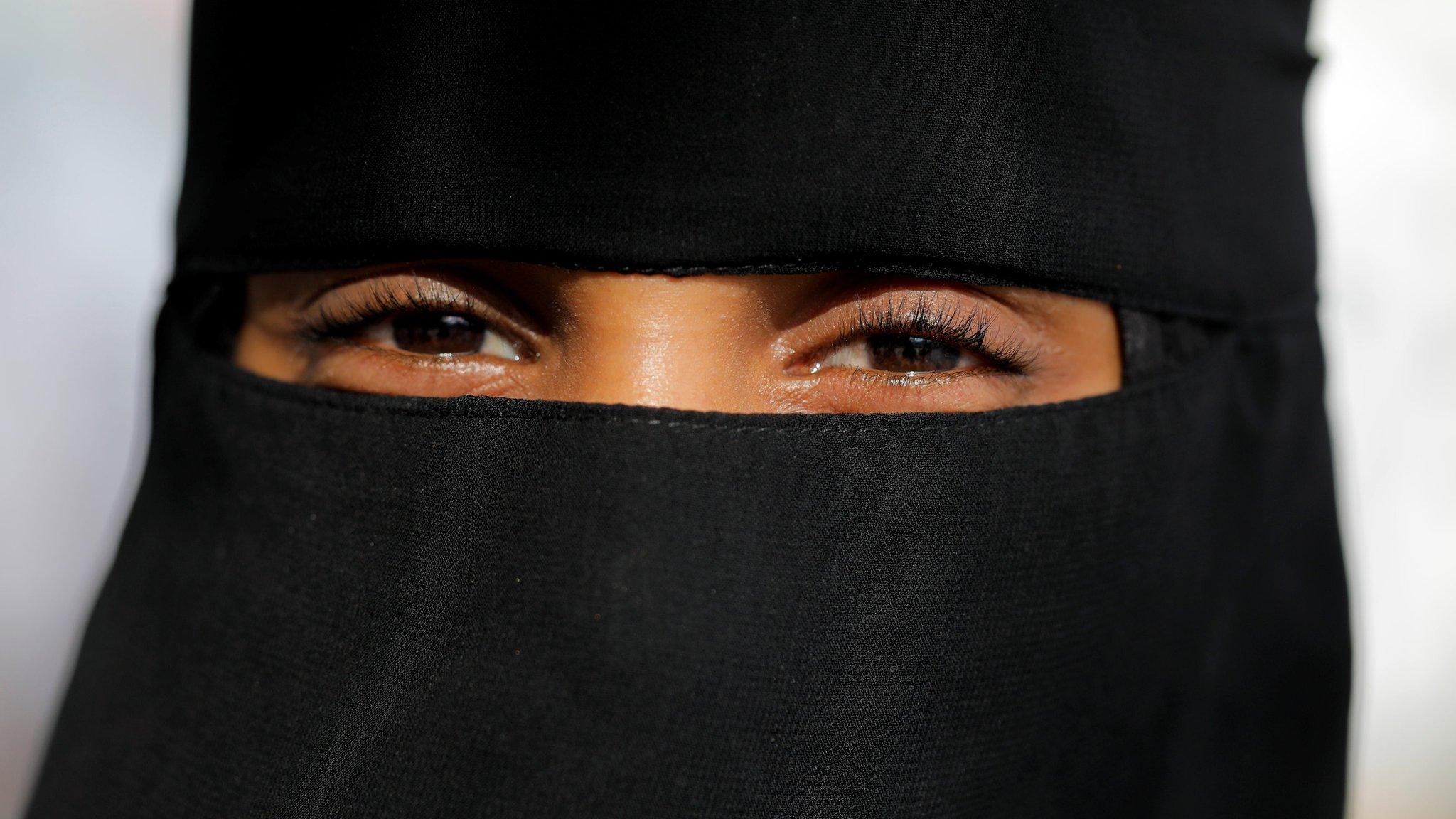
- Published10 April 2024
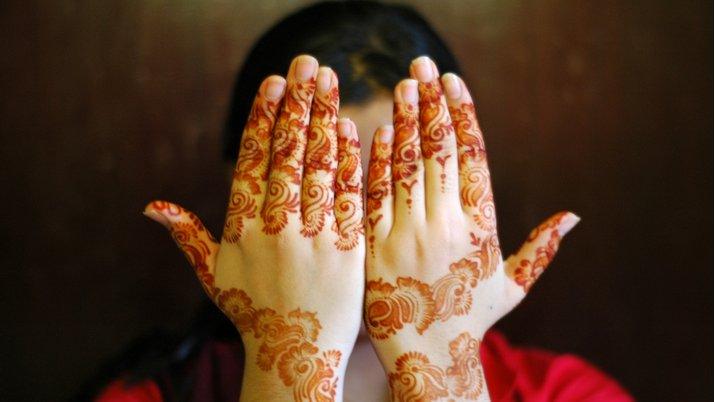
- Published11 March 2024
